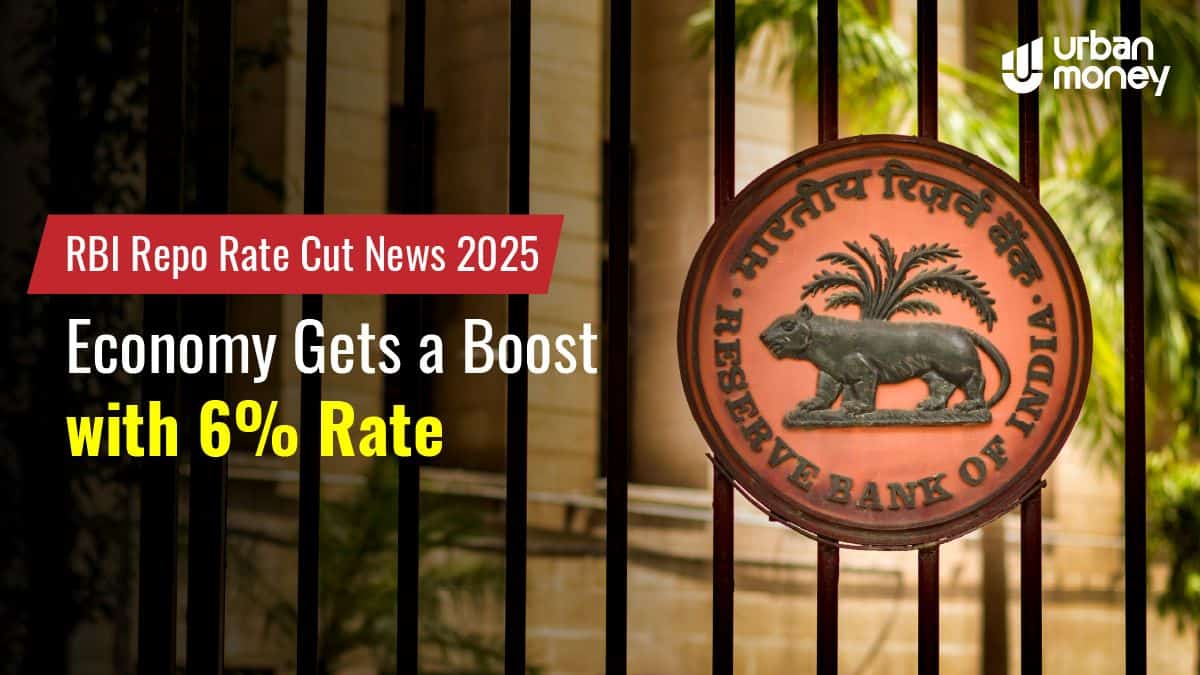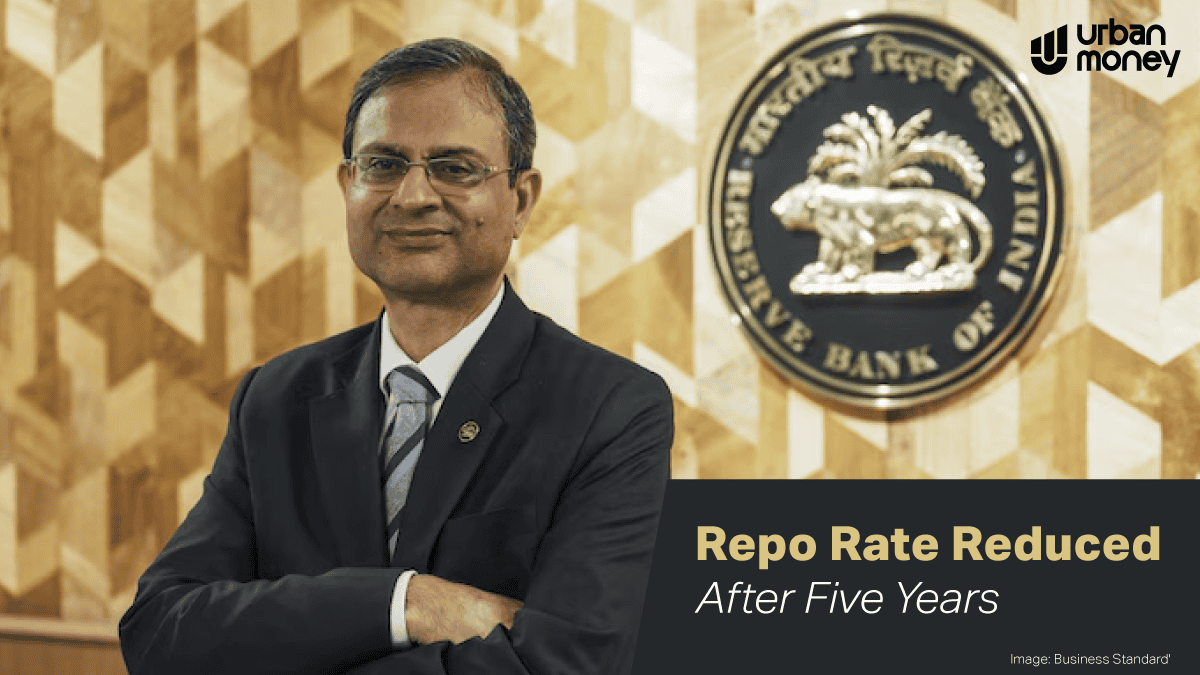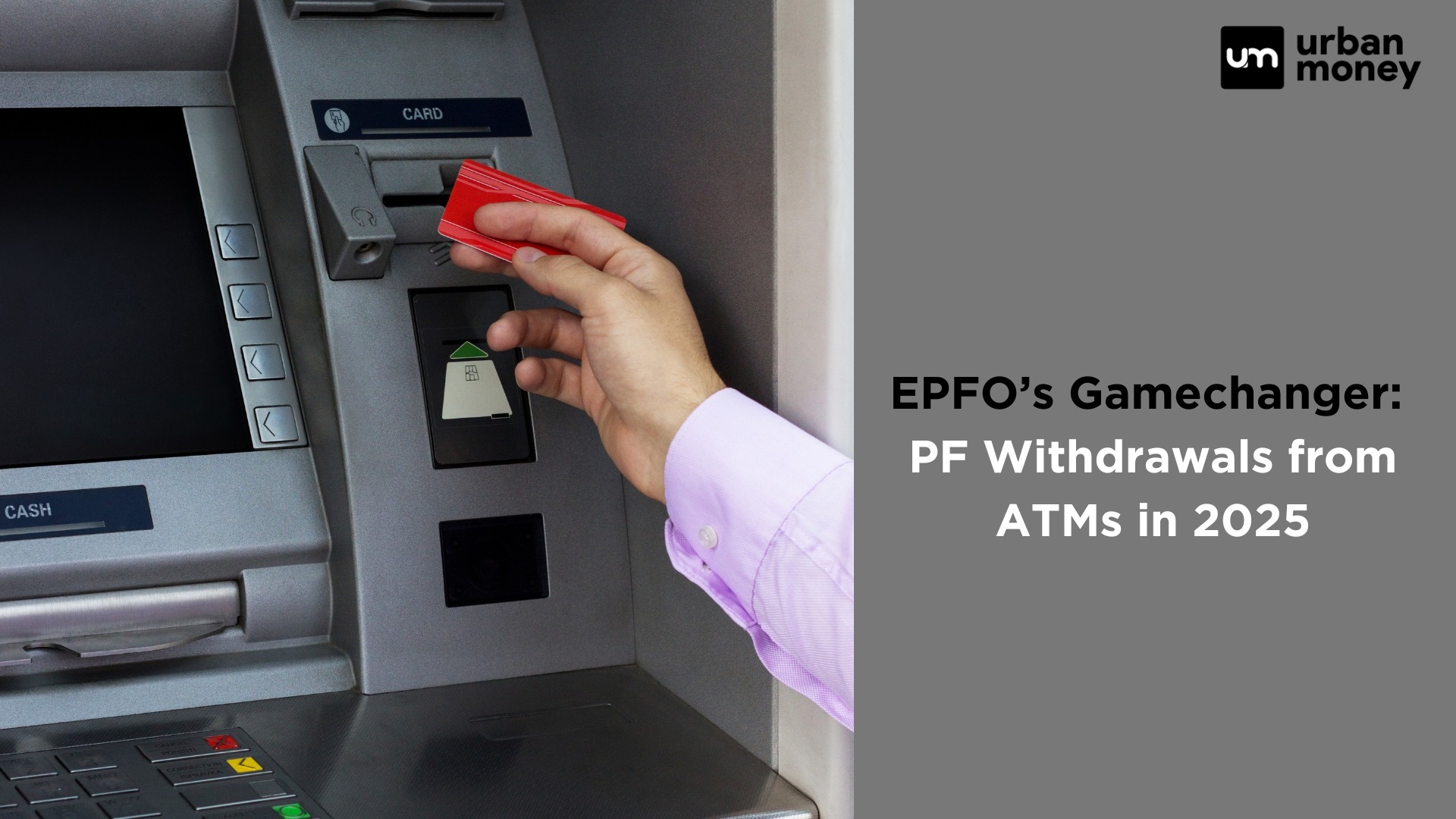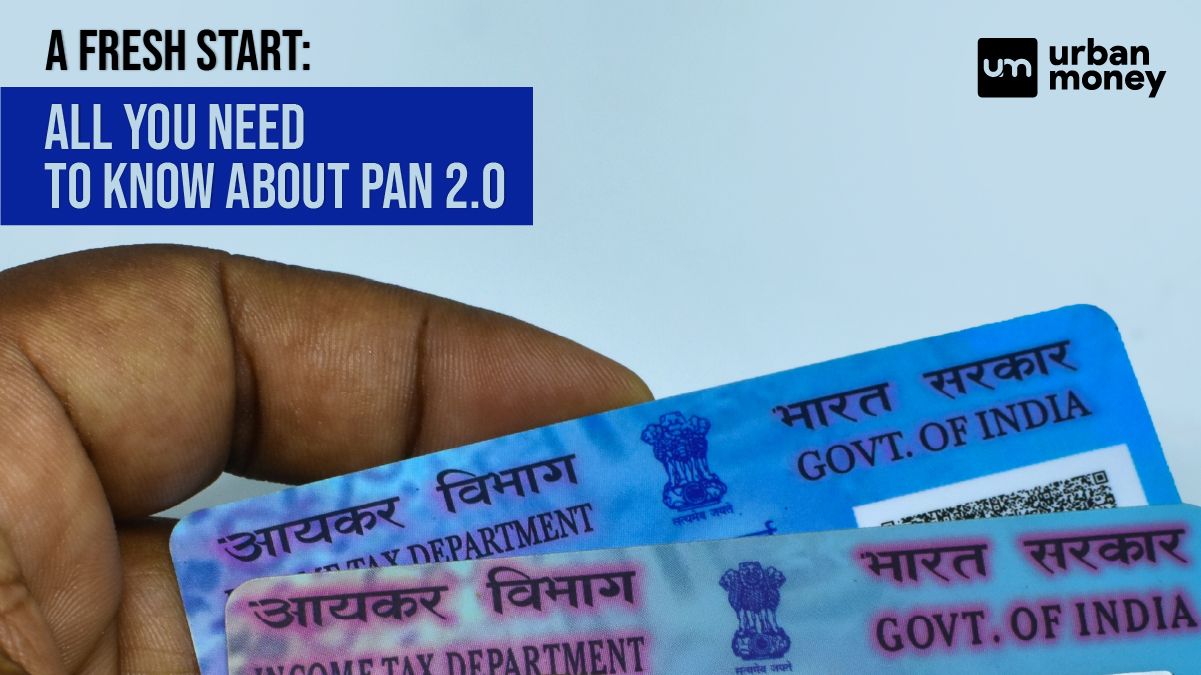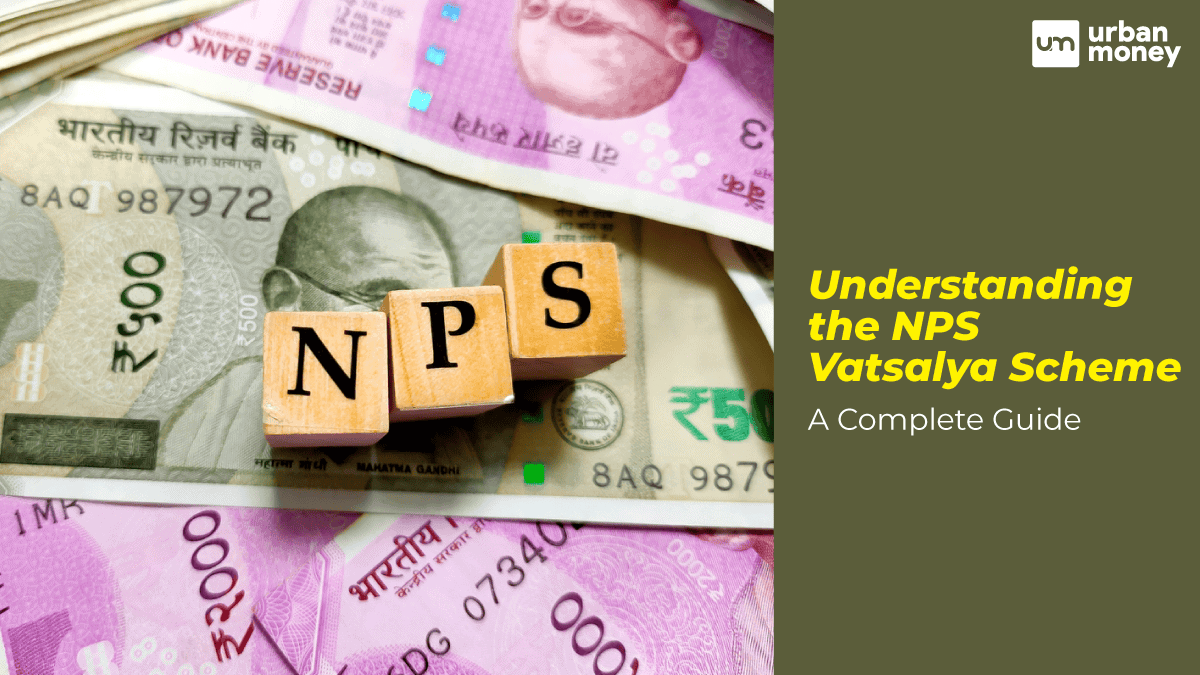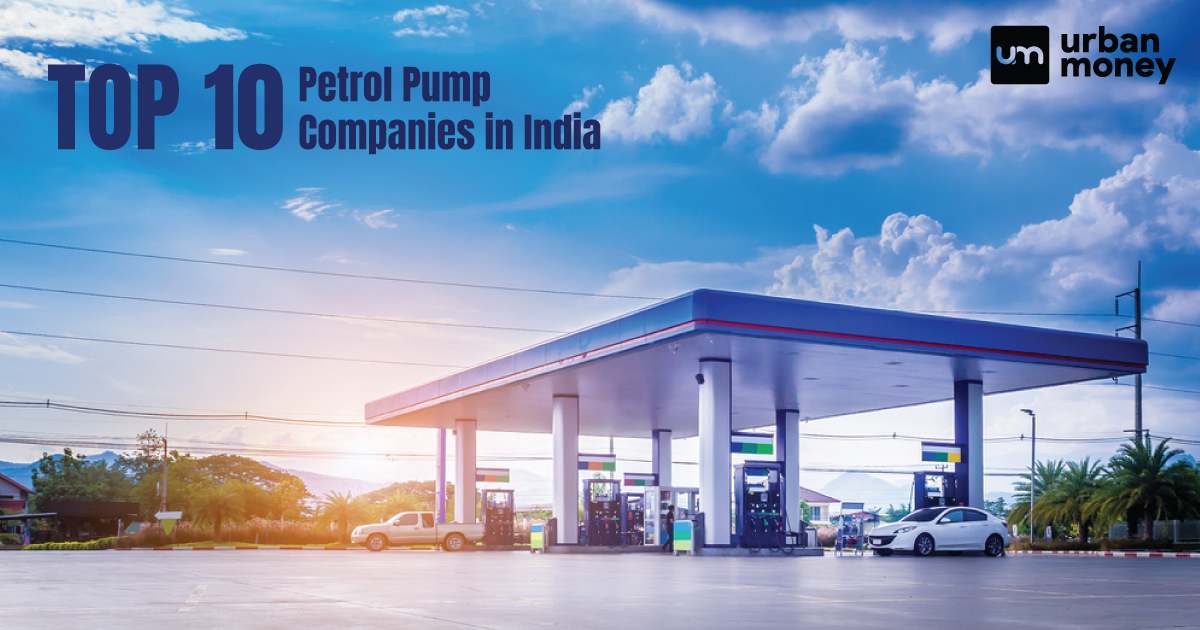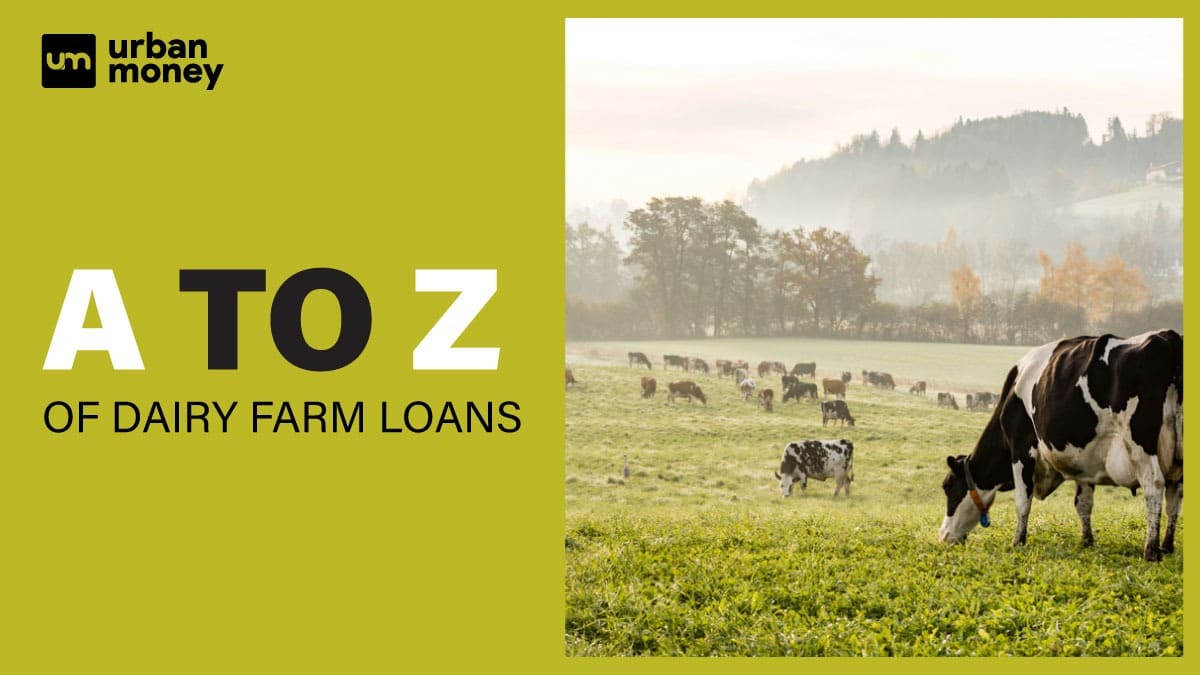Top 10 Best Private Banks in India List 2025
January 09, 2025
Financial News | Union Budget 2025: The Complete Recap

February 04, 2025
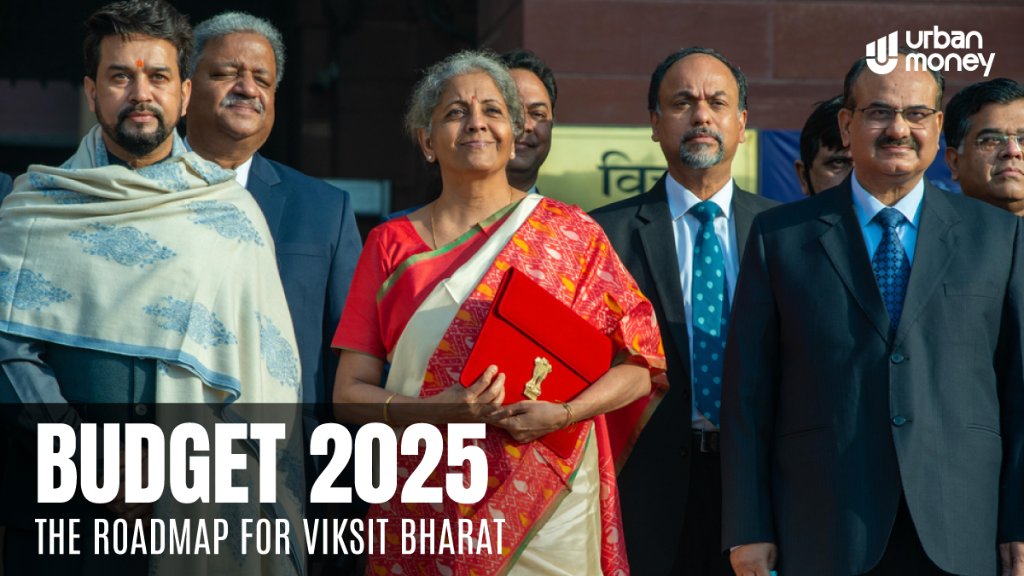

On 1st Feb 2025, Finance Minister Nirmala Sitharam introduced the Union Budget 2025 for the eighth consecutive time. The finance minister’s announcements were met with resounding thumps on the Parliament tables, from New Tax Slabs to a first-of-its-kind AI centre. The 2025 budget focused strongly on enhancing the purchasing power of the middle class, inching closer to the vision of a self-reliant India.
In her address, the FM emphatically described these reforms as fueling an inclusive economic journey towards the destination of Viksit Bharat by 2047.
This blog will uncover all the key announcements of the Union Budget 2025, from the historical tax cut to the transformative schemes.
Table of Contents
ToggleUnion Budget 2025’s biggest takeaway has been the New Income Tax Slabs. The latest limits focus on reducing the tax burden and boosting the consumption of the middle class. The budget increases the income tax rebate limit under Section 87A from ₹7 lahks to ₹12 lahks, making an annual income up to ₹12 lahks tax-free. Further, increasing the standard deduction for salaried individuals up to Rs. 75,000 will effectively exempt an overall revenue of Rs. 12.75 lakh from income tax.
The central government also proposed an extension of filing the updated returns from two to four years. The New Income Tax Bill, set to be tabled this week, is expected to be much clearer and direct in its provisions. Take a look at the Union Budget 2025 income tax slabs below:
| Annual Income | Revised Slab |
| 0-4 lakh | NIL |
| 4-8 lakh | 5% |
| 8-12 lakh | 10% |
| 12-16 lakh | 15% |
| 16-20 lakh | 20% |
| 20-24 lakh | 25% |
| Above 24 lakh | 30% |
Besides the new budget income tax slabs, the central government introduced a host of financial incentives. The Foreign Direct Investment (FDI) limit for the insurance sector is set to be raised from 74% to 100%. However, only the companies investing in full premium in India will be eligible for the new limit. The central government also proposed a rollout of a new and stronger Know Your Customer (KYC) framework later this year.
The Tax Deducted at Source (TDS) exemption limit for interest income of senior citizens will be increased from 50 thousand to 1 lakh rupees. The annual TDS threshold for rental income will also be raised from Rs. 2.4 lakh to Rs. 6 lakh. The Union Budget also announced a fiscal deficit target of 4.4% of the GDP for the upcoming year.
| What Becomes Cheaper? |
| Lifesaving drugs and medicines |
| Lithium-ion batteries for mobile phones and EVs |
| Solar PV Cells |
| Telecom Equipment |
Union Budget 2025’s approach to agricultural expenditure re-instated a commitment towards Atmanirbhar Bharat (self-reliant India). The FM announced a six-year-long production programme focusing on Tur, Urad and Masoor lentils. The initiative will involve central agencies like NAFED and NCCF procuring these pulses from farmers at guaranteed prices to reduce the nation’s reliance on imports. Further, a new Pradhan Mantri Dhan Dhanya Krishi Yojana will target 100 low-productivity farming districts to benefit nearly 1.7 crore farmers. The Kisan Credit Card limit is set to increase from 3 to 5 lakh for additional support.
In a unique announcement, Finance Minister Nirmala Sitharaman unveiled plans to set up a Makhana Board in Bihar. The board will be tasked with boosting Makhana’s production, processing and marketing. Stakeholders will be organised into Food Producer Organisations (FPOs) to ensure Makhana farmers receive all government benefits.
The latest budget also announced the establishment of a new Fund of Funds for startups with an additional allocation of Rs. 10,000 crores. The new fund is expected to provide necessary support to early-stage startups. Union Budget 2025 also proposes exploring a dedicated Deep Tech Fund. The fund will aim to support start-ups in cutting-edge fields like robotics, artificial intelligence, blockchain, and clean energy.
Finance Minister Nirmala Sitharaman also announced an allocation of Rs. 20,000 crore to promote private-sector-driven research, development and innovation. The initiative will foster deeper government and private-sector collaborations to achieve advanced technological innovation in different sectors.
Budget 2025 also introduced a series of measures to boost domestic manufacturing and reduce import reliance under the ‘Make in India’ programme. These include setting up the National Manufacturing Mission, removing customs duties on critical mineral waste, and providing policy support to recover minerals from mining by-products. In addition, announcements were made to strengthen India’s toy and leather & footwear industries.
A sizeable ₹1.28 lakh crore has been allocated to the Ministry of Education in the Union Budget 2025, marking a 6.65% increase from the last year. One of the highlighting announcements involved providing broadband connectivity to government secondary schools (and primary health centres) in rural areas. Adding 75,000 seats in medical colleges was also proposed to expand India’s medical education over the next five years. Other key initiatives included introducing 50,000 Atal Tinkering Labs in government schools and providing digital books in Indian languages under the Bhartiya Bhasha Pustak Scheme.
The new budget also revealed the government’s plans for infrastructural investments in five IITs developed after 2014 and the expansion of IIT Patna. Rs. 500 crore has also been allotted to establish a Centre for Excellence in Artificial Intelligence for Education to keep India on par with the global AI revolution.
The new budget announced several schemes to strengthen India’s Micro, Small and Medium Enterprises (MSMEs). The government announced a new customised credit card with a limit of up to Rs. 5 lakhs for micro-enterprises registered on the Udyam portal. 10 lakh such credit cards are expected to be issued in the first year. Further, first-time entrepreneurs will receive up to Rs. 2 crore term loans. About 5 lakh entrepreneurs, including women, SC and ST, will benefit from the scheme in five years. The availability of credit guarantee cover was increased from 5 Cr to 10 Cr for MSMEs and 10 Cr to 20 Cr for startups. The government also announced revisions to investment and turnover limits for these enterprises:
| Rs. (In Crore) | Investment | Turnover | ||
| Current | Revised | Current | Revised | |
| Micro Enterprises | 1 | 2.5 | 5 | 10 |
| Small Enterprises | 10 | 25 | 50 | 100 |
| Medium Enterprises | 50 | 125 | 250 | 500 |
Read – Mahila Samman Bachat Patra 2025 : How to Apply, Eligibility and Benefits
Sector-wise allocation helps identify the government’s key areas of priority and helps map the ensuing economic path. While sizeable allocations were made to diverse departments in the Union Budget 2025, some occupied more importance than others. Take a look at where the government plans to spend in FY 2025-26 in the table below:
| Sector | Expenditure (Rs. Crores) |
| Defence | 4,91,732 |
| Rural Development | 2,66,817 |
| Home Affairs | 2,33,211 |
| Agricultural and Allied Activities | 1,71,437 |
| Education | 1,28,650 |
| Health | 98,311 |
| Urban Development | 96,777 |
| IT and Telecom | 95,298 |
| Energy | 81,174 |
| Commerce and Industry | 65,553 |
| Social Welfare | 60,052 |
| Scientific Departments | 55,679 |
Union Budget 2025 comes against a backdrop of financial frustration and economic slowdown. The latest announcements put the focus back on the citizens, leaving the decision to spend, save or invest with them. With the 2025 budget, the government identified agriculture, MSMEs, exports, and investments as key drivers of India’s economic resurgence. The forthgoing strategy, thus, involved letting go of the traditional setups like the old tax slabs and embracing the changing landscapes with AI and other innovative investments. Received with much hope and optimism, the Union Budget 2025 has set the wheel in motion for a lasting economic transformation.
Read – RBI Monetary Policy: Growth Outlook Brighter With Unchanged Rates








© 2025 www.urbanmoney.com. All rights reserved.

Need Loan Assistance?

Thank you for showing your interest. Our agent will get in touch with you soon.






